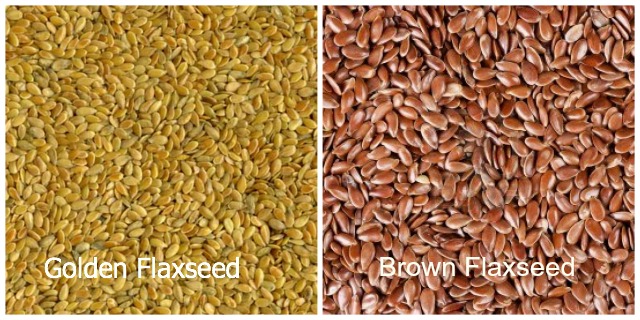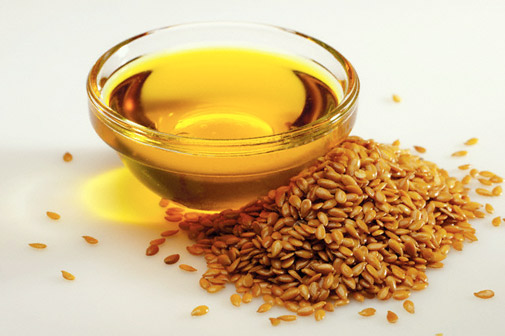What are the differences between golden flaxseed and brown flaxseed? While some suppliers may say one is better than the other, they are actually about the same nutritional benefits. Flaxseed is an ancient grain — it was cultivated in Babylon 5,000 years ago, but we see a resurgence in its popularity.
Whether you choose golden or brown, both flaxseed varieties have similar nutritional content. Be wary of suppliers touting one over the other. Here’s a comparison of the two.
Brown Flaxseed
Canada is the world’s largest grower of flaxseed, and they produce the familiar brown flaxseed. According to the Canadian Grain Commission, brown flaxseed contains 44 percent oil, of which 59 percent of it is composed of the omega-3 fatty acid called alpha-linolenic acid, or ALA. Brown flaxseed has a nutty taste; It also contains lignans, a type of phytoestrogen that may help prevent certain cancers.
One tablespoon of brown flaxseed contains:
- 2.5 g omega-3 fatty acid, ALA
- 4.5 g fat
- 3 g dietary fiber
- 2.2 g protein
- 50 calories
Golden Flaxseed
The new flaxseed in town is called golden flaxseed, and it is grown on the prairies of North Dakota — it is often called “Dakota Gold.” Golden flaxseed is 43 to 44 percent oil, of which 51 percent is the omega-3 fatty acid, alpha-linolenic acid (ALA). Brown flaxseed has a little more omega-3 fatty acid [59% in brown vs. 51% in golden]. However, growing conditions can alter the percent. Golden flaxseed also contains the lignans and fiber found in brown flaxseed.
One tablespoon of golden flaxseed contains:
- 2.1 g omega-3 fatty acid, ALA
- 4.2 g fat
- 2.9 g dietary fiber
- 2.7 g protein
- 48 calories
Whole Flaxseed vs. Ground Flaxseed
Brown and golden flaxseeds have a hard outer shell, which, when eaten whole, act as a fiber, promoting better colon health. Both of them work the same in this respect. When the seeds are milled or ground, the inner nutrients become available as a dietary source of omega-3 fatty acids, lignans, and soluble fiber. If you want the benefits of these nutrients, be sure to use ground flaxseed. You can grind it yourself with a coffee grinder, ensuring a high quality of freshness, or buy it packaged, already ground. Be sure to store it in the refrigerator in an opaque container and use it before the expiration date. After opening it, store it for only up to 30 days.
Flaxseed Oil Nutrition
Another form of flaxseed is flaxseed oil. The seeds are cold-pressed, which squeezes the vital oils from the innermost seed. One tablespoon of flaxseed oil contains 124 calories, 14 g of fat, and 8 g of omega-3 fatty acids. Although flaxseed oil is a good source of the omega-3 fatty acid, alpha-linolenic acid, ALA, it does not contain lignans and fiber. Those two elements of the seed are contained in the outer covering and fibrous part of the flaxseed. Some manufacturers may put the lignans back into the oil, so be sure to check the label. Flaxseed oil may be made from brown or golden flaxseed. After opening, store it in the refrigerator for up to approximately 30 days.
References
- Flax Council of Canada: Brown Flax Seeds or Golden?
- Flax Council of Canada: Flax — A Healthy Food
- University of Maryland Medical Center; Flaxseed Oil; May 2010
- North Dakota State University; Best Processing Methods for Edible Flaxseed Oil; D. Weisenborn, et al.,



